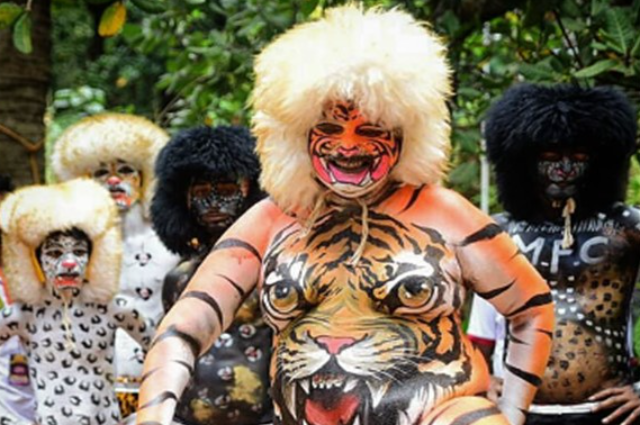
An art form is a way of bringing out that version of you which is unknown to the outer world and most of the time to your own self. And that is why art irrespective of its form masks how you present yourself to manifest who you truly are. The darkest fantasies get an outlet to the world without out exactly breaking out.
Humans blessed with the beauty of imagination and the power to resonate have, for a long time, tried to color all that piqued their attention and jammed it into his way of life. Every art form has got a theme, which basically reflects life. Over the course of human evolution cycles, the nomadic tribes eventually started gathering their kind to set up habitable spots and start a society of hunter-gatherers. He started cutting down of forests to settle down amidst the dense forest and started the cultivation of edible plants for food. But amidst the widespread wild-dense forest, this human society with plenty of food sources attracted the forest creatures such as boar, bison, elephants, snakes, tigers, etc. Man tried to defeat these savages to establish his superiority but fierce untamed creatures they were, dodged every attempt of dominance. And as it always turns out, humans frail enough to withstand any further, accepted their defeat and began worshipping them. The beasts were idolized as 'The Protectors of the Land' and revered under different names as per folklore legends. People began imitating them and dancing with utmost ferocity in a way of mocking their beastly adventures. These practices of worship can be seen in the coastal areas of Karnataka where tigers are seen as pilichamundi, pilibootha; pigs as panjurli daiva, varahamuthi and such other instances.
For people whose lives mainly depended on belief systems - Navaratri was seen as a celebration of Devi Durga for her bravery, for the victory of goodness over evil, and what better way to celebrate it than impersonating as her beloved vehicle-Tiger. Thus the art of 'Pilinalike' was introduced to the world. People celebrated the glory of Devi by dancing as a tiger to mark total surrender at her mercy. Though there are various legends that go around regarding the origin of this tradition, varying according to their belief system, geographical location, and societal traditions nothing can be pinpointed at for being the exact origin story.
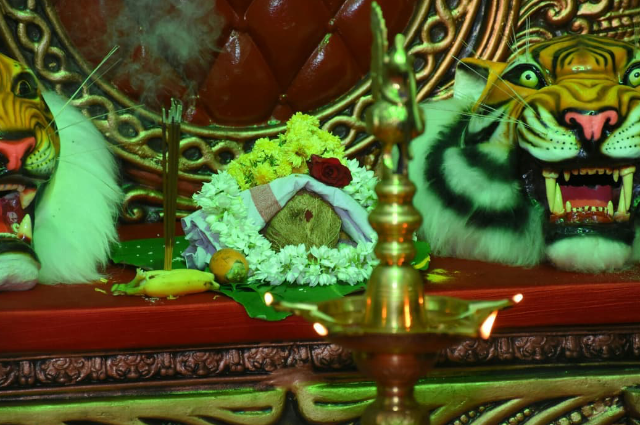
Pilivesha is a folk art form that has been traditionally passed on from generation to generation. On the holy days of navratri, a club committed with organizing and handling the artists hosts a ceremony called ‘udupaduni’. It brings together an entire village who witness the auspicious rites performed to the headgear resembling that of a tiger’s head, which will be worn by the artists. A muhurtham is fixed and a puja is performed to seek god’s blessings to keep the artists safe and carry out the event without any hindrances. It is followed by a pompous street procession of artists with firecrackers and a music band-almost surpassing the grandeur of the dance in itself.
The following day the artists are painted into tigers. The color in the olden days was extracted from natural herbs which were ground into a fine paste. For example, the yellow color was extracted from turmeric, black color from the soot, etc. But once paint (wall paint) got introduced it was directly used by the artists on their bare skin for better appearance. The harsh chemicals are used to cause inflammation all over the body. Today distemper paints have eliminated all the previous methods for being comparatively more attractive and hassle-free while removing the paint as well. With the artists wearing their headgear and seeking blessings from the elders of the village and the deity the worship they set off with dancing ritual steps for the alms with thase across streets.
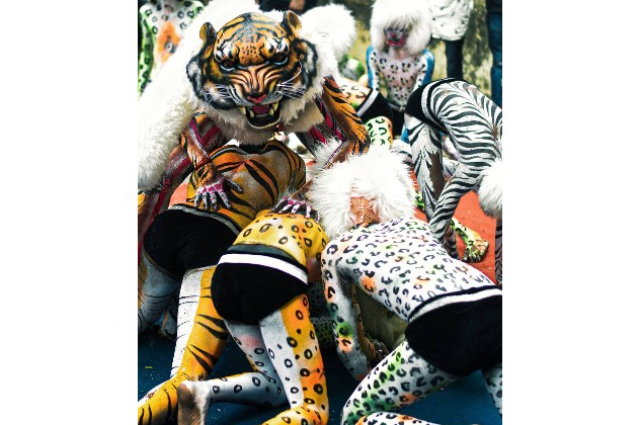
This dance form falls under ‘raudra rasa’ (one of the many parts of Indian aesthetic essence) which depicts the fierce and beastly demeanor of the tiger by exhibiting a revolutionary art form. Apart from dancing the artists are trained to perform dangerous stunts. The artists selected for the same have to go through a series of tests after having proved their ability- to pick the best of the lot. A few instances are:
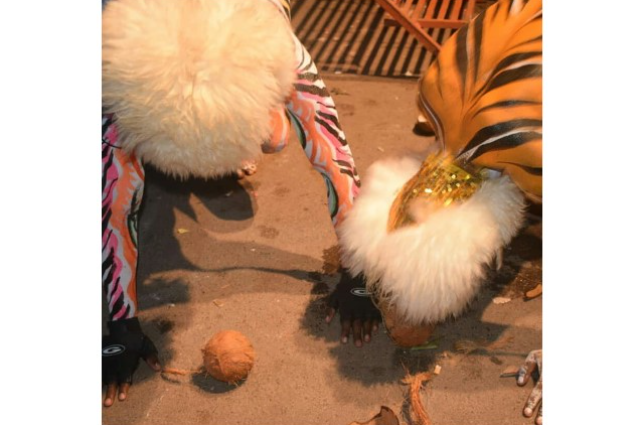
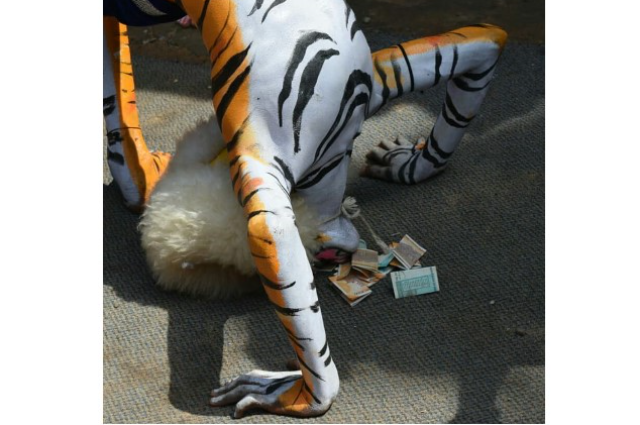
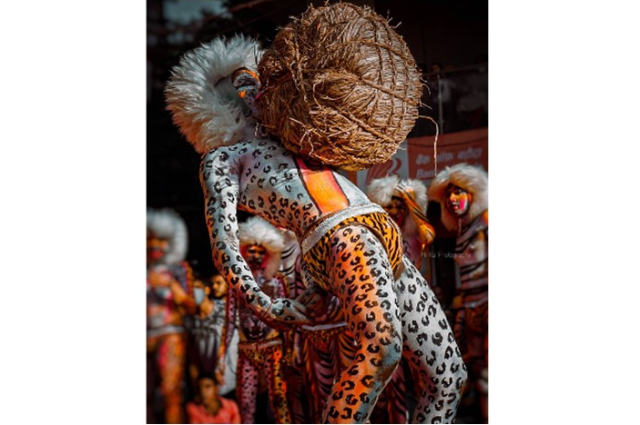
'Mudi akuni’ where the rice bags are lifted with the mouth and flipped over the head forming an arc to land behind him. This was inspired from kuri akuni ritual which was previously executed in this art form where the same act was performed with a goat. The goat would be toyed around for several hours until it was weak; when the artist would grab its neck with his jaws and flip it over. But with 'The Animal Protection Act, 1960' introduced- this practice got banned.
The stunts had to be precisely performed at an angle, failed at which could fatally and permanently injure the artist. Despite all this, it was performed to showcase the core strength, patience, and agility of the artist, thereby upholding the richness of the art form.
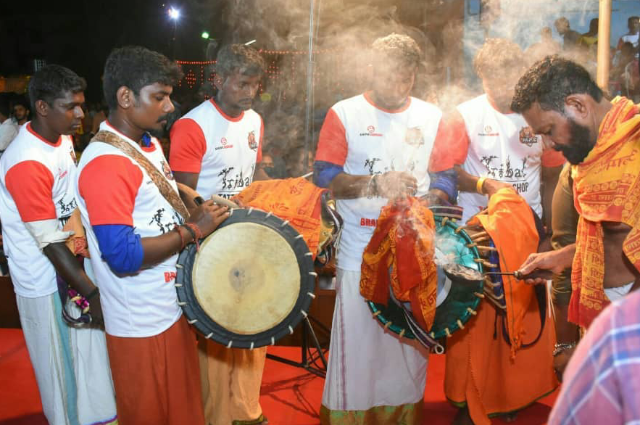
Thase (an instrument designed out of animal skin)which gives out harsh and smooth sound to render the perfect beat for the artists to dance.
RULES AND RESTRICTIONS:
As per traditions, the artists were supposed to purify them at least a week prior to the ceremony where they had to follow a vegetarian diet omitting any intoxicating substance as well – until the paint is removed off them. They are to wax out their entire body in order for the paint to stick. Once they are painted, they are not supposed to enter their own house or any unholy places or indulge in any sexual activity. They are to sleep on the mats braided out of leaves of coconut fronds. And in case the paint wears off they are not allowed to re-apply over them.
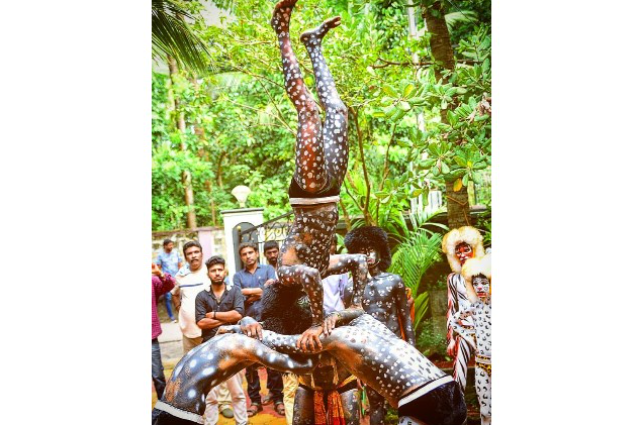
The artists with the dance performed before the shops and on the streets receive almsgiving from the public. In the older days, it used to be in the form of essentials like paddy, coconut, jaggery, etc., that were carried by the manager. But today people give out money in praise of the talent exhibited. The amount received is shared among the thase band, the manager, and with the troupe members on the basis of their experience age group, and so on. Once done they contribute a part of their share to the temple as a token of gratitude and respect.
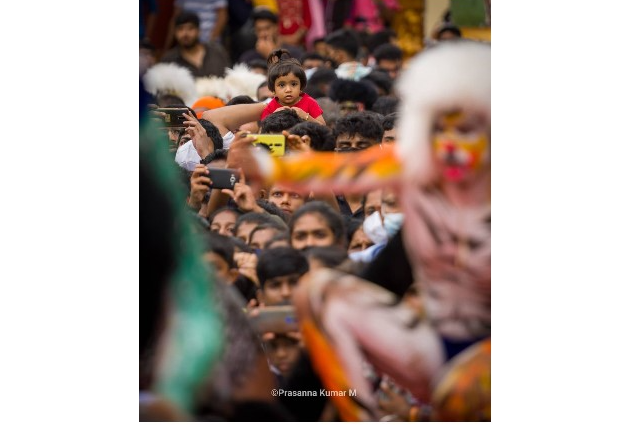
Pilinalike has found a profound place the cultural history of the people of tulunad. Because they are seen as religious customs rather than just as a tool for entertainment. Even to this day, there are instances of people practicing this ritual for a vow undertaken in the name of a god in return for a favor they wished for. An instance to mark this would be when the headgear or the artist gets damaged beyond repair. People are so emotionally attached to them that they go along with funeral rites of it with its burial in the backyard of the house, as per Hindu tradition. It shows the divine sentiment of the tuluvas that converts every art form into cultural heritage.
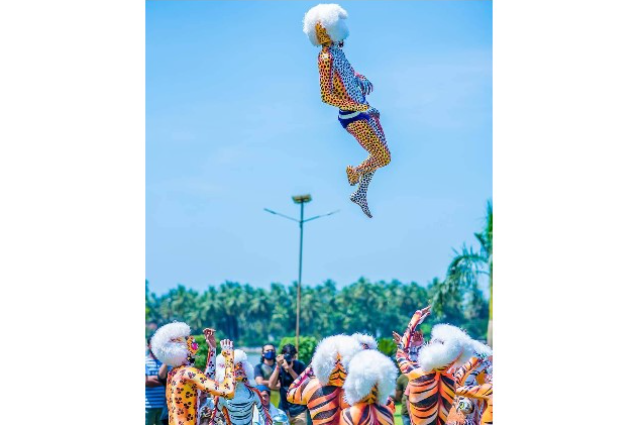
Just like that, an art form which basically could have originated for entertainment is now carried forward with utmost devotion and an emotional attachment generations after generations. Irrespective of the age, religion, or societal differences this art form is celebrated with utmost love and integrity.
